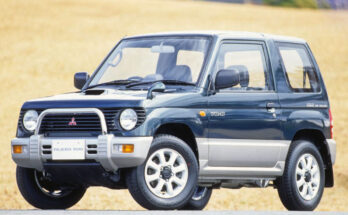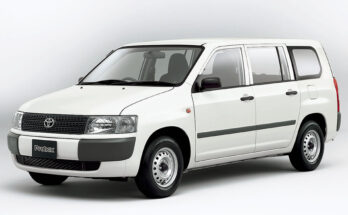The rising number of used-car imports have once again irked the local auto industry and its representatives. According to import data, over 21,000 units of used cars were imported during FY 2021 which is 46% more than the numbers from previous year.
It is projected that more than 30,000 cars will be imported by the end of this fiscal year. More interestingly around 80% increase has been witnessed in the import of used cars during the past two months. According to the data, some 2,083 units of used cars were imported in January 2022 while 2,778 units were imported in February.
Related: Soaring Used-Car Prices in Japan
Out of these 21,000 units, around 4,000 are said to be kei cars making up almost 21% of total imports of used-cars. Around 7,000 units (35% of total imports) of the small segment (1,000cc cars) have been imported while 502 vans (15%), around 2,874 SUVs (14%), 82 small buses, and 2,863 (14%) others vehicles were also imported.
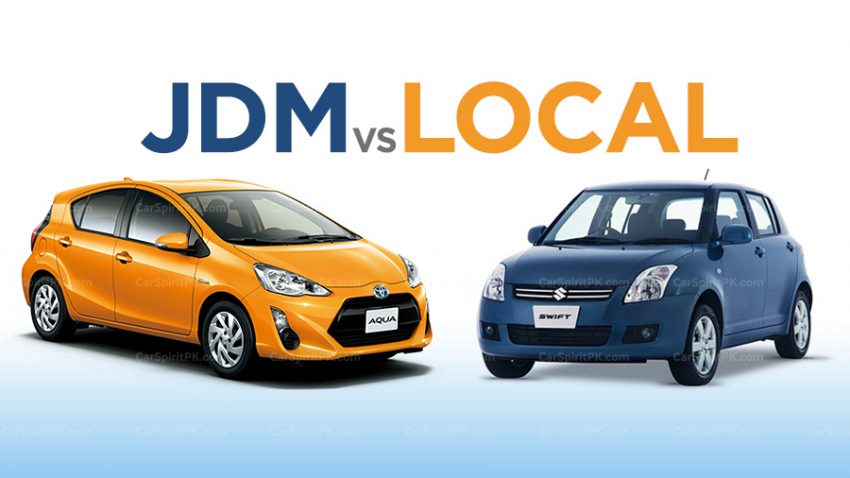
Additionally, around 150 units of various models of BMW, Mercedes Benz, Audi, Suzuki and other CBUs were also imported in February. Commenting on this, S M Ishtiaq, CEO S M Engineering said:
“This double import of both CBUs and used cars in huge quantities is proving very damaging to the local auto industry. These imports are in complete violation of the government’s policy regarding the imports of vehicles in Pakistan. This situation needs immediate attention of the policy makers as this would be a double blow to the local auto industry and the national exchequer as well.”
Interestingly, Pakistan witnessed record foreign exchange spending on highest-ever arrival of new automobiles in 2020-21 with 10,513 units of new passenger cars, 4×4, vans, pickups, 2-wheelers and buses in FY21 compared to 1,680 units in FY20, 3,716 units in FY19 and 7,424 units in FY18. In overall automobile imports of around $2 billion, the import bill of completely (CKD) and semi-knocked down (SKD) kits for cars, bikes and heavy vehicles stood at record $1.6bn in FY21 as compared to $727m in FY20.
Related: A Market Where Cars Are Expensive Than Residential Property
In comparison, $386m was spent for import of used vehicles in FY21 as compared to $219m in FY20, which renders the fact that the import of CKD/ SKD was almost 314% higher than the foreign exchange spent on the import of used cars. It is pertinent to mention that the import of used-vehicles were tightened by the government in 2019 keeping in view the demands from local auto industry stakeholders, due to which the Federal Board of Revenue (FBR) admitted to have suffered massive revenue loss of Rs 22 billion from low tax collection on the import of these vehicles during July-January (2019-20) alone.
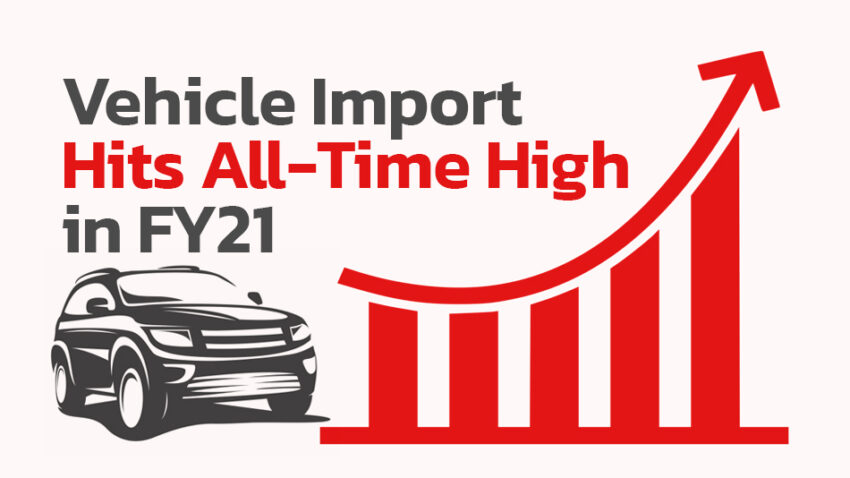
The recent move to impose additional taxes as well as the consideration of 6 months ban on the import of CBU vehicles was due to the fact that the current account deficit (CAD) had touched an alarming $5.1 billion within the first four months of the current fiscal year against $2.3 billion, approved by the parliament and the National Economic Council (NEC) for the entire fiscal year. The government was worried that with the existing pace, the deficit might cross $15 billion mark for the current fiscal year which is 6 times more than the initially approved cap.
Related: Auto Industry Stakeholders Once Again Criticize Used Imports
This isn’t the first time that auto industry stakeholders have criticized the import of used cars, the spending on which is nothing compared to the money spent on the imports of CKDs/ SKDs by local assemblers. Plus the presence of these used-cars in the market have always given a chance to consumers to benefit from quality cars in shape of newer models with better features, safety equipment and creature comfort.
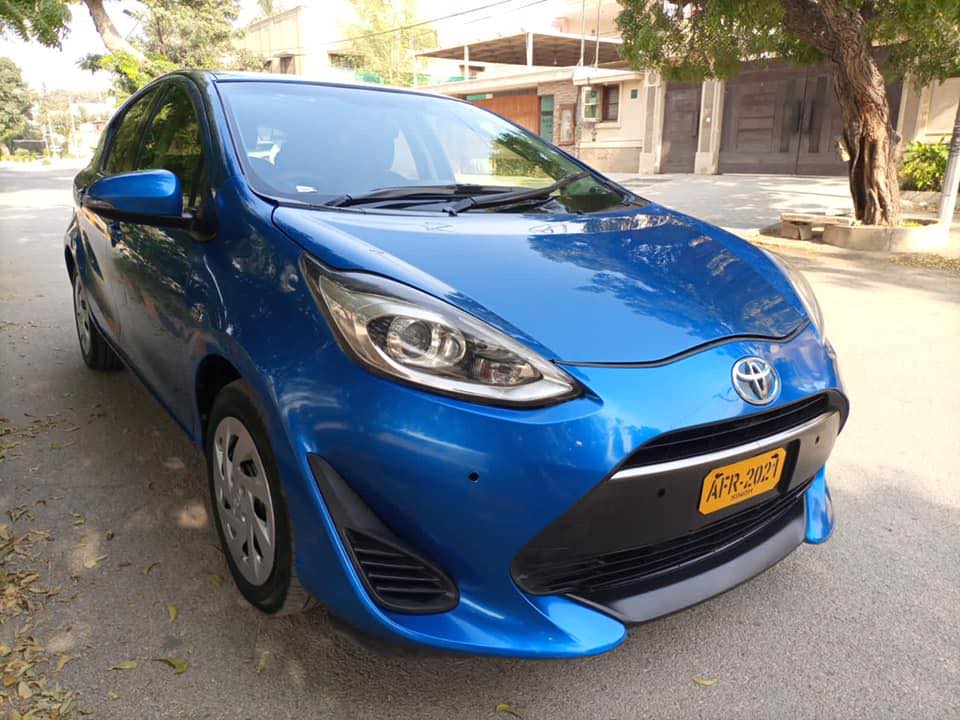
Furthermore used-imports remain an attractive option due to quicker deliveries. On the other hand, someone opting for new local assembled car has to suffer from exceptionally long delays in deliveries, have to be ready to bear an outrageous increase in prices against the slightest of forex fluctuation between booking & delivery, and on top of everything has to pay premium/ on-money to the dealerships to get the hands on the booked vehicles in timely manner.
Related: Why JDM Cars Are Considered a Threat to Local Assembled Ones
Used-car imports touched the peak in 2017 when nearly 70,000 units were imported in the country. According to data, out of these 70,000 cars, 90% cars were those with 1000cc or below engine displacement. This again shows that the current range of locally assembled cars doesn’t meet the customer demands because of which the volumes are low. For example there is a huge demand for small hatchbacks in the market but Honda and Toyota never seemed interested in introducing anything in this segment even when they have quality options offered in other regional markets. Products are not offered according to the purchase power, and the local industry including new entrants is happy to launch super expensive vehicles in the toughest of economic times.

Instead of always putting the blame on imported used cars, the local auto industry & its stakeholders should pull their socks up & work towards achieving higher localization in true means so that foreign exchange spending & the burden of current account deficit can be controlled. They should also increase production rate & start operating in multiple shifts to meet the market demand. Ensuring timely deliveries will also help eliminate the menace of own/ on money/ premium, sure where there is a will there is a way.
Related: Free Market and the Import of CBUs
What is your take on the import of used-cars in Pakistan, share your opinion in the comment section below.

A computer animation professional with over 23 years of industry experience having served in leading organizations, TV channels & production facilities in Pakistan. An avid car enthusiast and petrolhead with an affection to deliver quality content to help shape opinions. Formerly written for PakWheels as well as major publications including Dawn. Founder of CarSpiritPK.com

